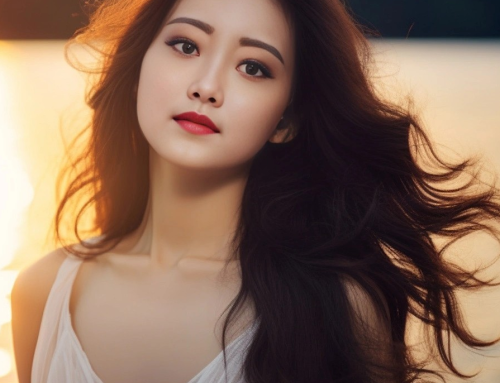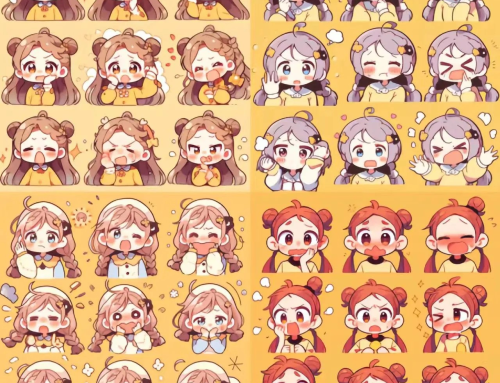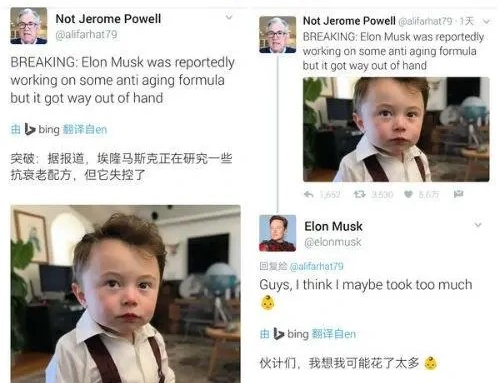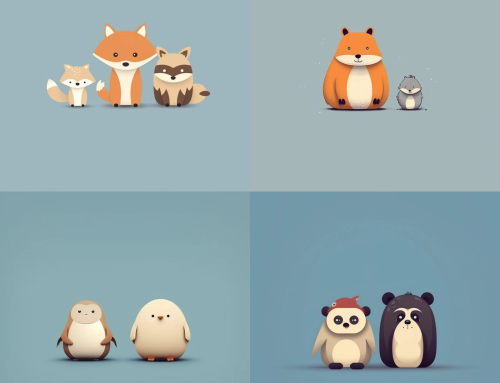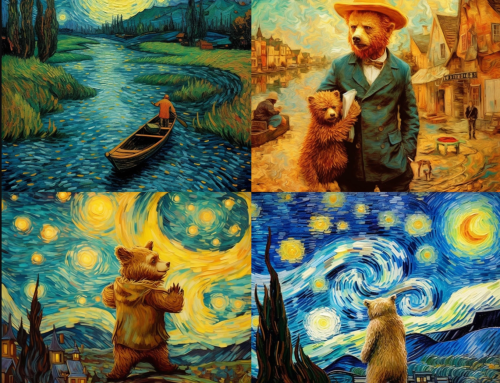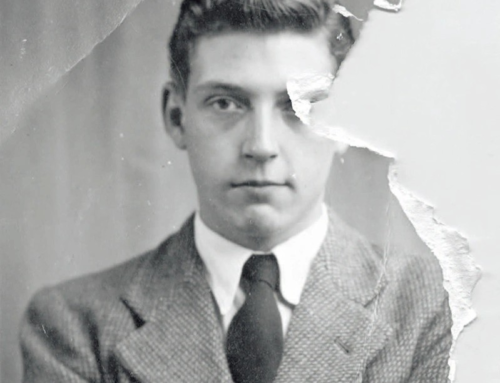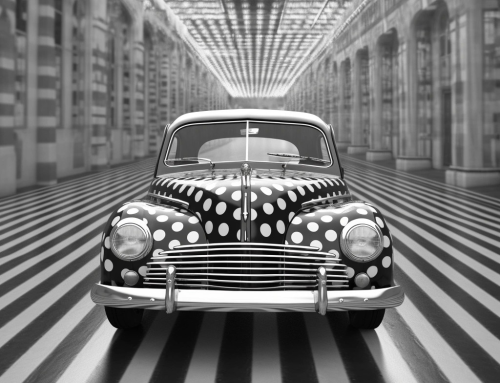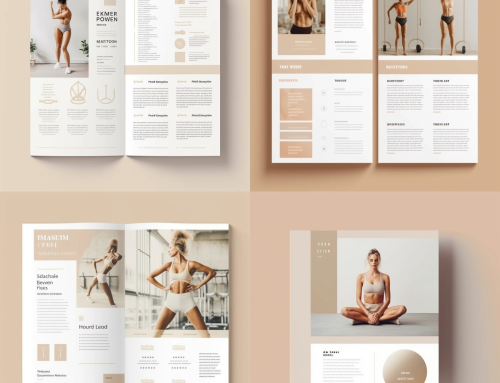Today, I’d like to introduce a very popular topic: creating NFT (Non-Fungible Token) images! You might have heard of NFTs, but do you know what challenges come with creating NFT images? The first challenge in creating NFT images is the creative process. To create a unique NFT piece, you need to find inspiration, design concepts, and transform them into digital artworks. This process can take a lot of time and effort because you need to ensure that your work is both attractive and unique. Of course, this is also a very fun process because you can unleash your creativity and create something truly unique.
NFT Showcase
Famous NFT – CryptoPunks
Creating a whole set of NFTs can be quite challenging. You need to choose the right blockchain platform, such as Ethereum, Binance Smart Chain, or Polkadot. Then, create a digital wallet to store and manage your NFTs, including public and private keys. Next, prepare the assets you want to convert into NFTs, ensuring you have legal copyright or ownership, and prepare digital files. Finally, use NFT platform tools to convert the assets into NFTs, upload files, add metadata, and set NFT attributes.
So, how can AI painting help in this process? The answer is that it can help us more easily create a complete set of NFT images.
Determine NFT Style and Image
First, decide what style of NFT you want: cartoon, 3D blind box, or pixel art. Choosing the style is very important.
Pixel Art – CryptoPunk #7523
Anime Modeling Style – CLONE X – X TAKASHI MURAKAMI
Anime Style – Azuki
Next, determine the image of the NFT, whether the subject is a person or an object.
Prepare NFT Image Line Art
I chose the anime model seekyou as my NFT style, and my NFT subject is a little mouse that looks a bit like a monkey. I named it Monkey Mouse.
Remember what Monkey Mouse looks like now, then send it to controlnet.
Select the preprocessor as Invert, and the model as softedge (soft edge). Set the control end time to 0.7 to give AI more room to play. Then, keep generating images to see the results.
SD Continuous Image Generation
Cyberpunk Style
A little monkey, cute, cyberpunk, future, head, Mickey Mouse ears, no humans
We can generate multiple different images at once. As you can see, the overall theme remains unchanged, but some parts are usable while others are not, so we need to filter them.
Cute Style
A little monkey, cute, ukiyo-e, future, head, Mickey Mouse ears, no humans
By simply adjusting a prompt, we get a new style of image. By continuously adjusting the prompts, we can generate an almost unlimited number of images, enough to create an interesting set of NFTs.
Disney Style
A little monkey, cute, head, Mickey Mouse ears, no humans
Summary
Creating NFT images with AI is like a double-edged sword, with both pros and cons. The benefits are that AI can create a variety of images to meet different collectors’ needs. It can also automate and improve efficiency, saving the trouble of manual drawing or design. This is truly a perfect combination of art and technology, creating stunning works. However, there are also some issues with AI-generated NFT images. They lack human emotion and intuition, which may make the works lack depth and emotional resonance. Sometimes we need artworks to touch our hearts, but AI may not be able to do that. Additionally, AI-generated works might be too similar, lacking uniqueness and originality. It’s like looking at a group of clones, nothing new. Furthermore, the quality and detail of AI-generated works are limited by the training data and algorithm quality. Using AI to generate NFT images also raises ethical issues such as copyright and artist rights protection. We need to ensure the quality, uniqueness, and legality of the works. We must consider these factors comprehensively to create stunning works.










